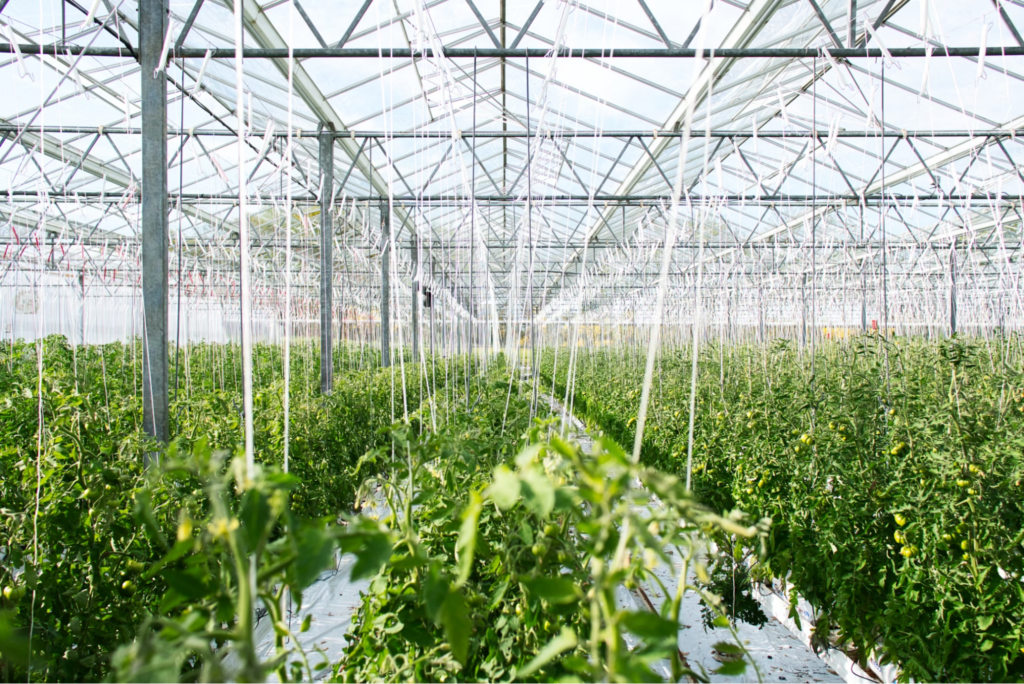Designing a commercial greenhouse is a complex process that requires careful planning and attention to detail. A well-designed greenhouse can optimize plant growth, improve energy efficiency, and increase your business’s profitability. Whether you’re expanding an existing operation or starting from scratch, there are several key factors you should consider.
Climate Control is Crucial
Effective climate control is the foundation of any successful greenhouse. You need to ensure that your structure is capable of maintaining optimal temperature, humidity, and ventilation for your crops. Investing in commercial greenhouse structures provides you with the opportunity to increase crop yields, extend growing seasons, and optimize resource efficiency, ultimately boosting your profitability and sustainability in the agricultural industry. Cooling systems like evaporative coolers or fans are essential in warm climates, while heating systems are critical in colder regions.
Consider integrating automated climate control systems that monitor and adjust these factors in real time, helping you maintain a consistent environment without constant manual intervention.
Material Selection Impacts Efficiency
The materials you choose for your greenhouse structure directly affect its durability, energy efficiency, and light transmission. Aluminum or steel frames are popular for their strength and resistance to rust, while polyethylene film or polycarbonate panels offer good light diffusion and insulation.
You should also consider double-layered materials for improved energy efficiency, which can help reduce your heating and cooling costs in the long run. Choose high-quality materials to minimize maintenance and extend the lifespan of your greenhouse.
Proper Irrigation and Drainage are Essential
Water management is another critical component of commercial greenhouse design. You’ll need an efficient irrigation system to provide your plants with the water they need while avoiding overwatering.

Drip irrigation systems are often recommended for their precision and water-saving benefits. Equally important is a drainage system that prevents waterlogging and root rot. Plan your greenhouse layout with proper slopes and drainage channels to ensure excess water flows away from the plants.
Layout Design Affects Workflow and Productivity
The layout of your greenhouse can significantly impact your workflow and overall productivity. Think about how the design will allow for easy access to plants, efficient harvesting, and quick maintenance.
Consider factors like the width of the aisles, the arrangement of planting beds, and space for equipment storage. An efficient design helps reduce labor costs and allows your team to work more efficiently. Additionally, a well-organized layout can enhance pest and disease management by making it easier to monitor plant health.
Lighting Systems Enhance Growth
Lighting is another critical factor in commercial greenhouse design. Natural sunlight is the best source of light for plant growth, but it isn’t always available in the right quantities, especially during winter or in regions with limited daylight hours.
Installing supplemental lighting systems such as LED grow lights can help ensure that your plants receive adequate light throughout the year. LED lights are energy-efficient, produce less heat, and can be tailored to provide the specific wavelengths of light that different plants need for photosynthesis. A well-planned lighting system helps you extend growing seasons and improve crop yields.
Automation Can Improve Efficiency
Incorporating automation into your commercial greenhouse can save you time and reduce labor costs. Automated systems for irrigation, temperature control, and even fertilization can optimize plant care while minimizing human intervention.

By installing sensors that monitor environmental factors like moisture levels, light, and temperature, you can ensure that your crops receive the precise care they need without manual oversight. These systems can be connected to a central control panel, allowing you to monitor and adjust settings remotely. Automation also helps you respond more quickly to changing conditions, ensuring a more stable growing environment.
Consider Sustainable Design Options
Sustainability should be a priority in modern greenhouse design. Incorporating eco-friendly practices not only reduces operational costs but also supports long-term environmental goals.
Solar panels can be used to power various systems within your greenhouse, cutting down on energy expenses. Water recycling systems, such as rainwater collection or greywater reuse, help reduce water consumption.
Using energy-efficient materials, like double-glazed panels or thermal curtains, can significantly lower your heating and cooling needs. Designing a sustainable greenhouse positions your business as environmentally conscious, which can appeal to consumers and investors alike.
When designing a commercial greenhouse, attention to detail is key. Proper climate control, material selection, irrigation, and layout all play crucial roles in creating a productive environment. Lighting systems, automation, and sustainable options further enhance your greenhouse’s efficiency and profitability. By investing in these important design elements, you can build a greenhouse that not only maximizes plant growth but also supports the long-term success of your operation.
